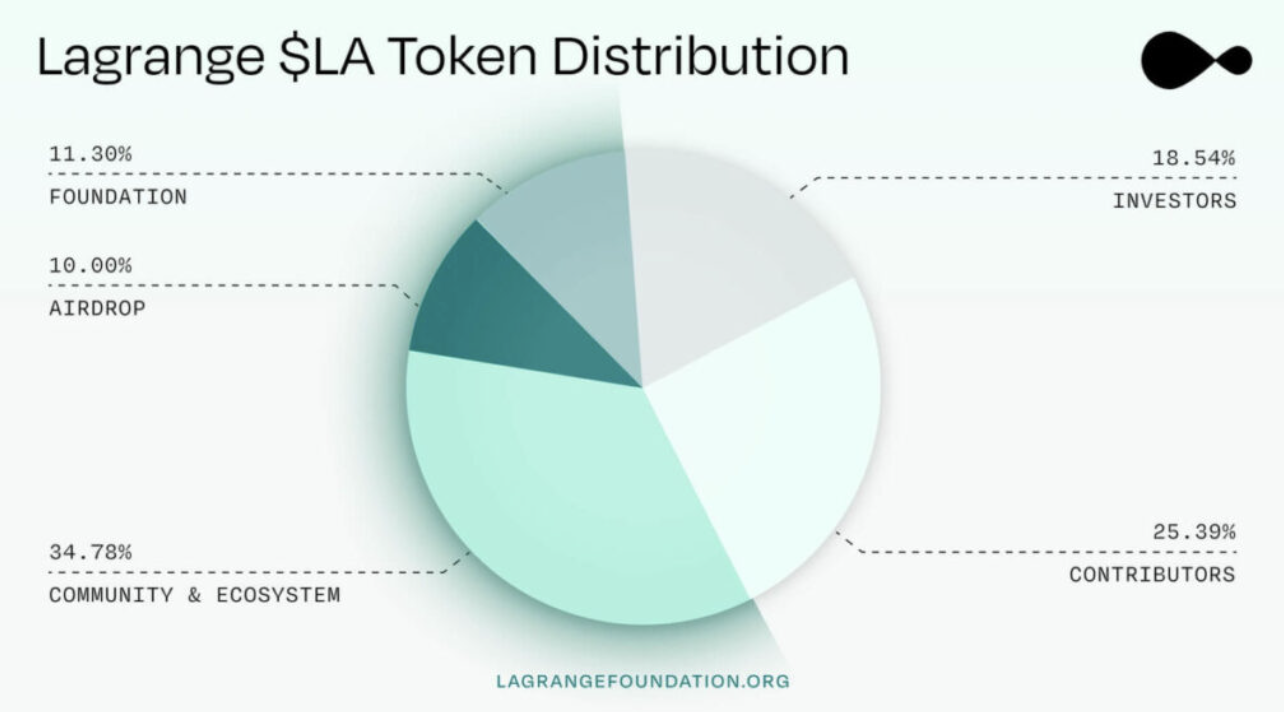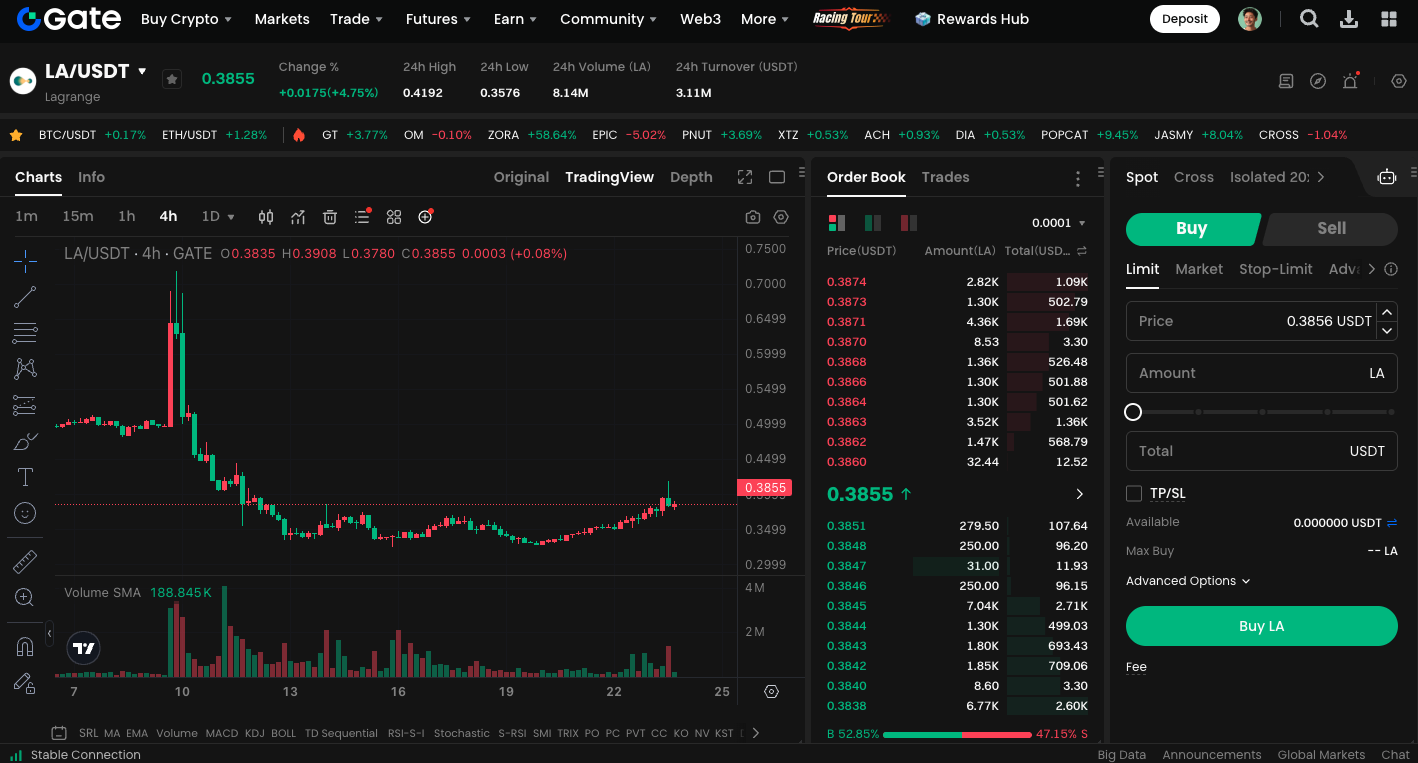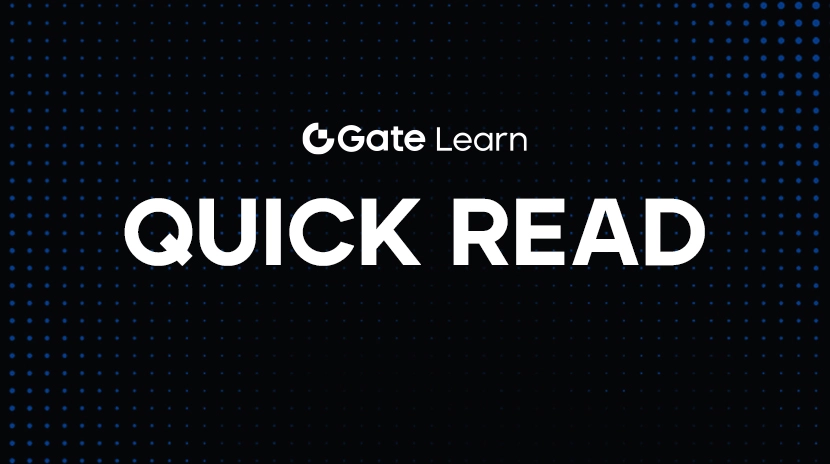What is Lagrange (LA)?
What is Lagrange?

(Source: lagrangedev)
Lagrange operates as a query-oriented coprocessor for blockchains, utilizing zero-knowledge (ZK) proofs to restructure and compress on-chain smart contract data. This makes information significantly more suitable for decentralized querying and verification. The system’s architecture draws upon the MapReduce distributed computing model—each node processes a segment of the data and generates intermediate results, which are then aggregated in multiple stages to produce an auditable, verifiable outcome. This framework drastically boosts efficiency and scalability. As a result, Lagrange can meet complex querying demands without sacrificing decentralization or security, positioning it as a pivotal solution for verifiable data in rollups, DePIN, and cross-chain use cases.
Lagrange: Technical Advantages and Core Features
Modular Architecture for High Scalability
Lagrange features a multi-subnet design, with each subnet responsible for a specific type of proof task. This allows the system to dynamically allocate resources and scale flexibly based on demand, eliminating single-point bottlenecks and delivering robust data processing for expansive rollup ecosystems.DARA Dual Auction Mechanism
Lagrange introduces DARA, a bidirectional resource auction system that establishes the first decentralized proof market. This model not only incentivizes honest bidding and enhances computational efficiency, but also allows resource distribution to self-balance in response to market dynamics.Universal ZK Coprocessor
Lagrange enables high-performance queries using SQL across blockchain storage, receipt logs, event data, and more. It handles both OLTP (transactional) and OLAP (analytical) workloads, allowing smart contracts to access and verify complex business logic.Advanced ZK Infrastructure and Composability
Over 85 institutional-grade node operators have joined the Lagrange network, deployed on EigenLayer, supporting proof liveness and delivering robust economic security.
ZK Coprocessor: The Future of ZK-Based Querying
The Lagrange ZK Coprocessor is continually advancing, with several key features in the development pipeline:
Private Offchain Data Integration: Enables uploading of CSV data, building private tables, and performing ZK-verified queries via API.
Batch Query Processing: Handles multiple queries within a single circuit, improving efficiency and minimizing gas fees.
Support for Subqueries and Union Operations: Expands SQL capabilities, empowering deeper analytics and smarter decision-making.
Event Log Querying (Receipt Trie): Verifies contract events and transaction logs, increasing the queryable data spectrum.
Payment System: Establishes payment channels among users, operators, and query sponsors, ensuring a sustainable and cohesive economic model.
Lagrange Tokenomics
Token Supply and Circulation Mechanics
Total Supply: 1 billion $LA tokens
Annual Inflation Rate: Fixed at 4%, distributed to provers in proportion to proofs generated
Initial Unlock: 19.3% of tokens become liquid at the Token Generation Event (TGE)
Distribution Breakdown (Based on Total Supply):
Community & Ecosystem: 34.78%
Allocated for promotion, developer grants, and incentives. 5% unlocked at TGE; the remaining 95% locked for six months, then released linearly over 48 months.Early Contributors & Team: 25.39%
Locked for one year, followed by linear vesting over 24 months.Investors: 18.54%
Locked for one year, followed by linear vesting over 24 months.Lagrange Foundation: 11.30%
Supports protocol governance, operations, and cross-chain collaboration initiatives.Community Airdrop: 10%
Distributed in phases to reward and incentivize participants and supporters.

(Source: lagrange.foundation)
LA Token Utility and Value Accrual Mechanisms
Proof Generation Fees: All query and verification operations are settled in $LA.
Node Incentives: Operators earn $LA rewards based on the volume of proofs generated.
Staking and Delegation: Holders may stake $LA with operators, lowering operational costs and sharing in rewards.
Automated Buyback: When users pay in ETH or USDC for queries, the protocol automatically converts these assets to purchase $LA, creating positive buy pressure.
Begin trading LA spot pairs now: https://www.gate.com/trade/LA_USDT

Conclusion
Lagrange is paving a new data superhighway for Web3. From reconstructing on-chain data structures to integrating secure private data queries and establishing a robust economic incentive model, Lagrange stands as both the execution layer for ZK proofs and an indispensable component of next-generation dApp infrastructure. As ZK applications scale to mainstream adoption, Lagrange will play a vital role in enabling data availability and fostering cross-chain trust across the blockchain ecosystem.





